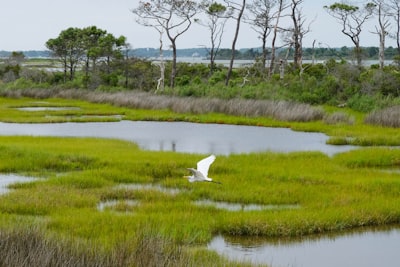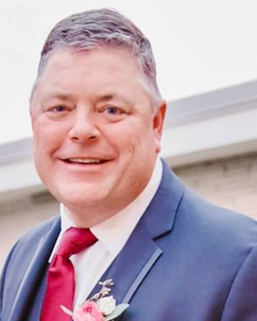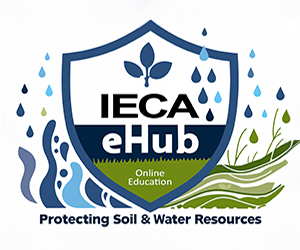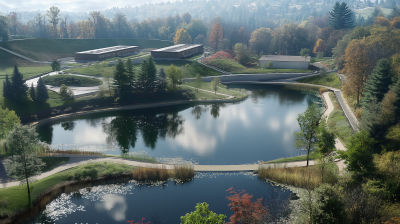
Using Composite Particle Technology: Practical Applications and Relevant Project Examples
Recorded On: 2024/07/17
- Registration Closed
Using Composite Particle Technology: Practical Applications and Relevant Project Examples

Presented by: Allen Bullock
Level: Intermediate
Duration: 1 hour
Type of Course: On-Demand
Numerous challenges are associated with establishment, maintenance, restoration and repair of wetland and stream systems. Some of these include; creation of low-permeable barriers to contain water, repair of leaking dikes or berms (i.e. due to animal damage) and establishment of sub-aquatic vegetation in shall water environment (i.e. for emergent wetland species). Solutions to many of these challenges can be provided through the use of a Composite Bentonite Aggregate (CBA). This is an innovative and unique manufactured product widely applied for sealing civil and geotechnical infrastructure applications to mitigate seepage. Applications used throughout the country include sealing around pipelines as an anti-seep collar or trench dam and for repair of leaking ponds or dams. Using a composite particle technology approach, CBA utilizes ordinary aggregate coated with a high swelling sodium bentonite clay to create a finished product that is a stable dry particle which can be simply and rapidly placed in both upland and subaqueous environments. When hydrated in freshwater conditions, the bentonite swells and fills the void space of the aggregate, resulting in a self-compacted impervious mass with hydraulic conductivity of 1x10-7 cm/sec or lower. The natural components of the CBA resist degradation, and the plastic nature of the hydrated product withstands damage from freeze-thaw cycles and seismic forces. For wetland submergent restoration applications CBA technology has been adapted to address the challenges of placing seeds in the water. This technology involves binding select wetland specie seeds within the clay matrix and provides an alternative to traditional means of plant propagation in wetland/aquatic settings that tend to be very costly and labor intensive. With a higher weight and specific gravity, utilizing CBA technology as a deployment platform for seeding is desirable especially when confronted with habitats prone to fluctuating water levels. Practical applications of CBA will be shown, along with relevant examples of project performance of which erosion controls are effective in preventing sediment runoff, land users across various industries will be better equipped to effectively manage their sites and prevent sediment-laden water entering our waterways.
Learning Objectives:
- Understand the properties of Composite Bentonite Aggregate (CBA), and its relevance to civil and geotechnical applications.
- Learn about the CBA geotechnical properties for enhanced performance.
- Become familiar with basic geotechnical applications in which CBA can be an ideal solution.
- Explore examples of successful installations of CBA for geotechnical applications.


Allen Bullock
Vice President of Sales
Aquablok
Allen M. Bullock, currently serves as Vice President of Sales for AquaBlok, Ltd. His technical areas of expertise are: Sediment remediation, geosynthetic clay liners (GCL) and both in-situ and ex-situ solidification/stabilization of soils and semi-solids. In this capacity, he has authored several publications on in-situ technologies for sediment treatment and presented in a variety of regional and international seminars and symposia.
Mr. Bullock is a graduate of Illinois State University and has served on numerous environmental committees for both industrial and government interests.



